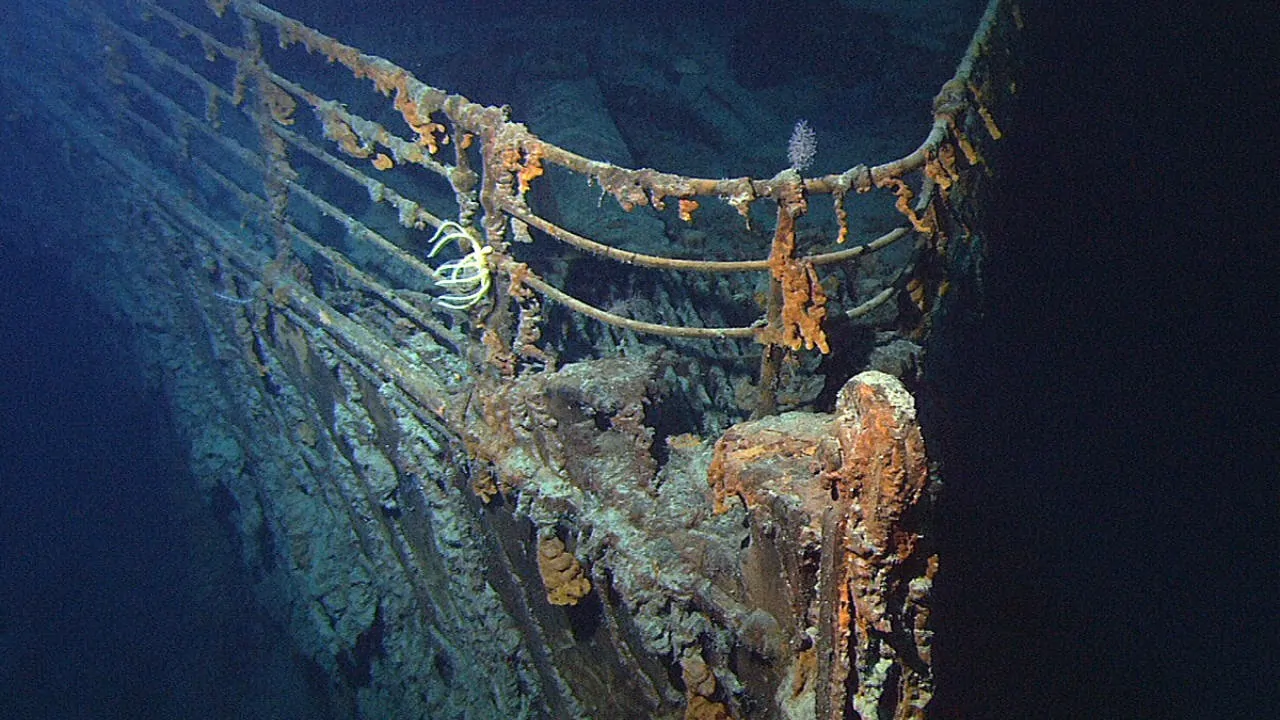In 2010, scientists made a fascinating discovery deep in the North Atlantic Ocean at the site of the Titanic shipwreck. A newly identified species of rust-eating bacteria, named Halomonas titanicae, was found actively consuming the metal remains of the once-grand ocean liner. This microorganism is now playing a major role in the slow but steady disintegration of the RMS Titanic.
The Titanic, which sank in 1912 after hitting an iceberg, has remained submerged for over a century. When researchers studied the rust formations known as “rusticles” on the ship’s hull, they isolated Halomonas titanicae. This bacterium thrives in salty, high-pressure, low-temperature environments—exactly like those found at the Titanic’s final resting place, 3,800 meters below the ocean’s surface.
Unlike ordinary bacteria, Halomonas titanicae can break down iron and steel. Experts estimate that this process could lead to the complete collapse of the Titanic’s structure within the next few decades. The discovery has raised concerns for other underwater metal structures, including oil rigs and historic shipwrecks.
The identification of Halomonas titanicae has also sparked scientific interest in how bacteria can be used—or managed—in oceanic engineering, preservation, and even bioremediation. This tiny organism is proof that life finds a way even in the darkest and deepest places on Earth.
As the Titanic continues to deteriorate, Halomonas titanicae remains a symbol of nature’s quiet yet powerful ability to reclaim even the most iconic man-made creations.
